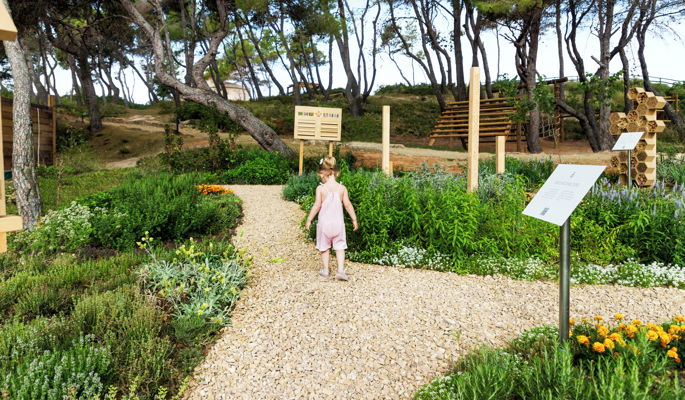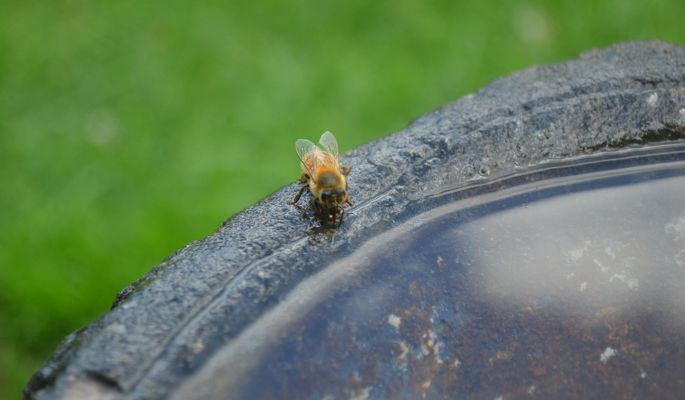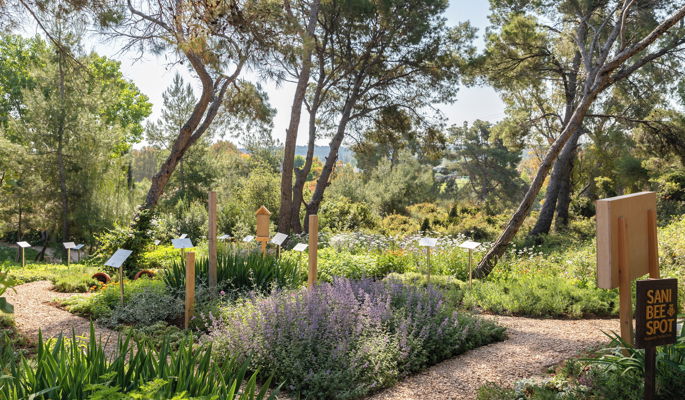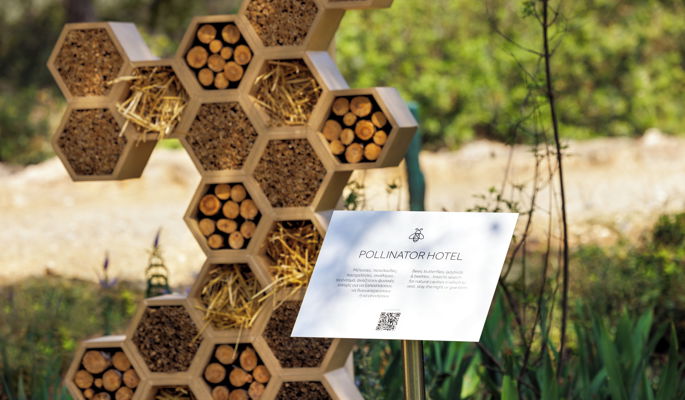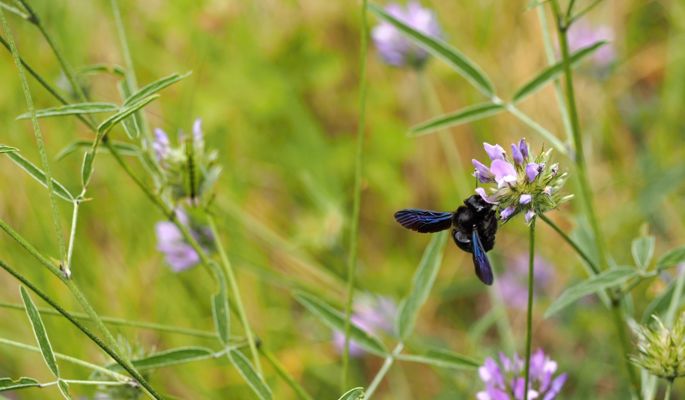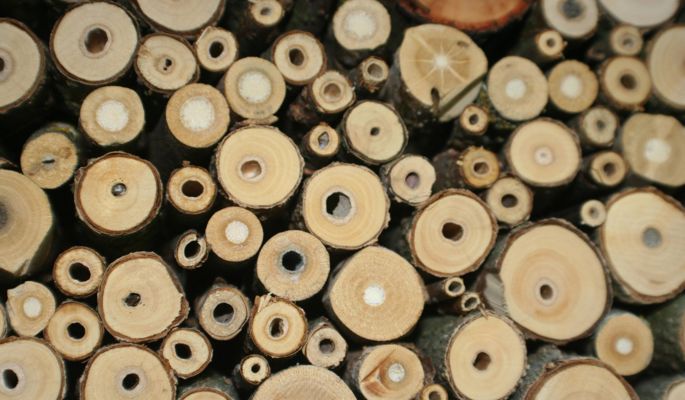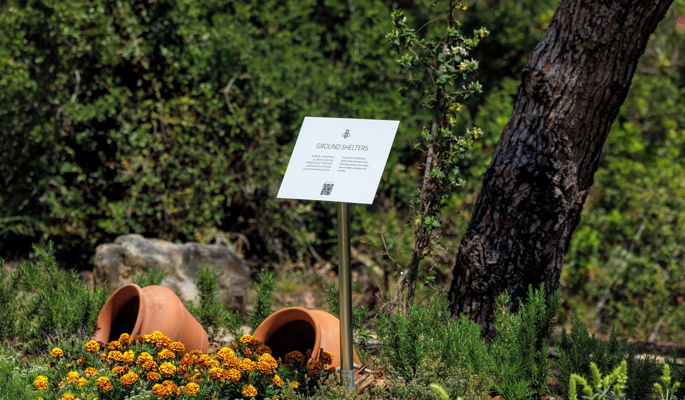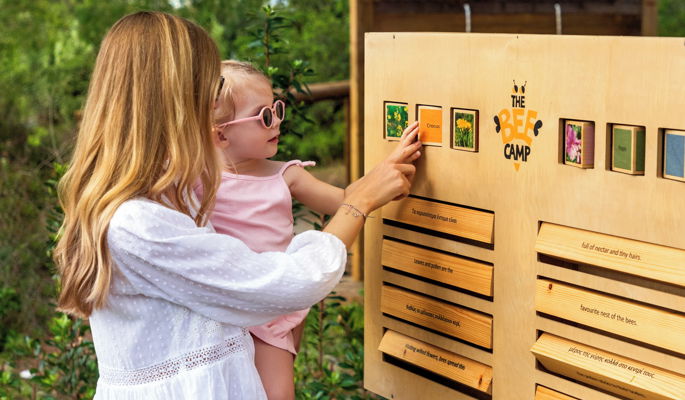- The Resort
- Hotels
![renavated Sani Asterias]() Sani Asterias Renovation
Sani Asterias RenovationThis year, Sani Asterias unveils the completion of its stunning renovation, inviting guests to experience a new era of refined luxury.
![Suites Image]() Sani Suite Collection
Sani Suite CollectionAn experience of unparalleled comfort in one, two and three-bedroom suites
![renavated Sani club]() Renovated Sani Club
Renovated Sani ClubStep into a world where nature’s grandeur meets ultimate seclusion at the transformed Sani Club
- Families
- Gastronomy
- Experiences
- Offers
- The Marina
- Gallery
-
![renavated Sani Asterias]() Sani Asterias Renovation
Sani Asterias RenovationThis year, Sani Asterias unveils the completion of its stunning renovation, inviting guests to experience a new era of refined luxury.
![Suites Image]() Sani Suite Collection
Sani Suite CollectionAn experience of unparalleled comfort in one, two and three-bedroom suites
![renavated Sani club]() Renovated Sani Club
Renovated Sani ClubStep into a world where nature’s grandeur meets ultimate seclusion at the transformed Sani Club
-
-




















